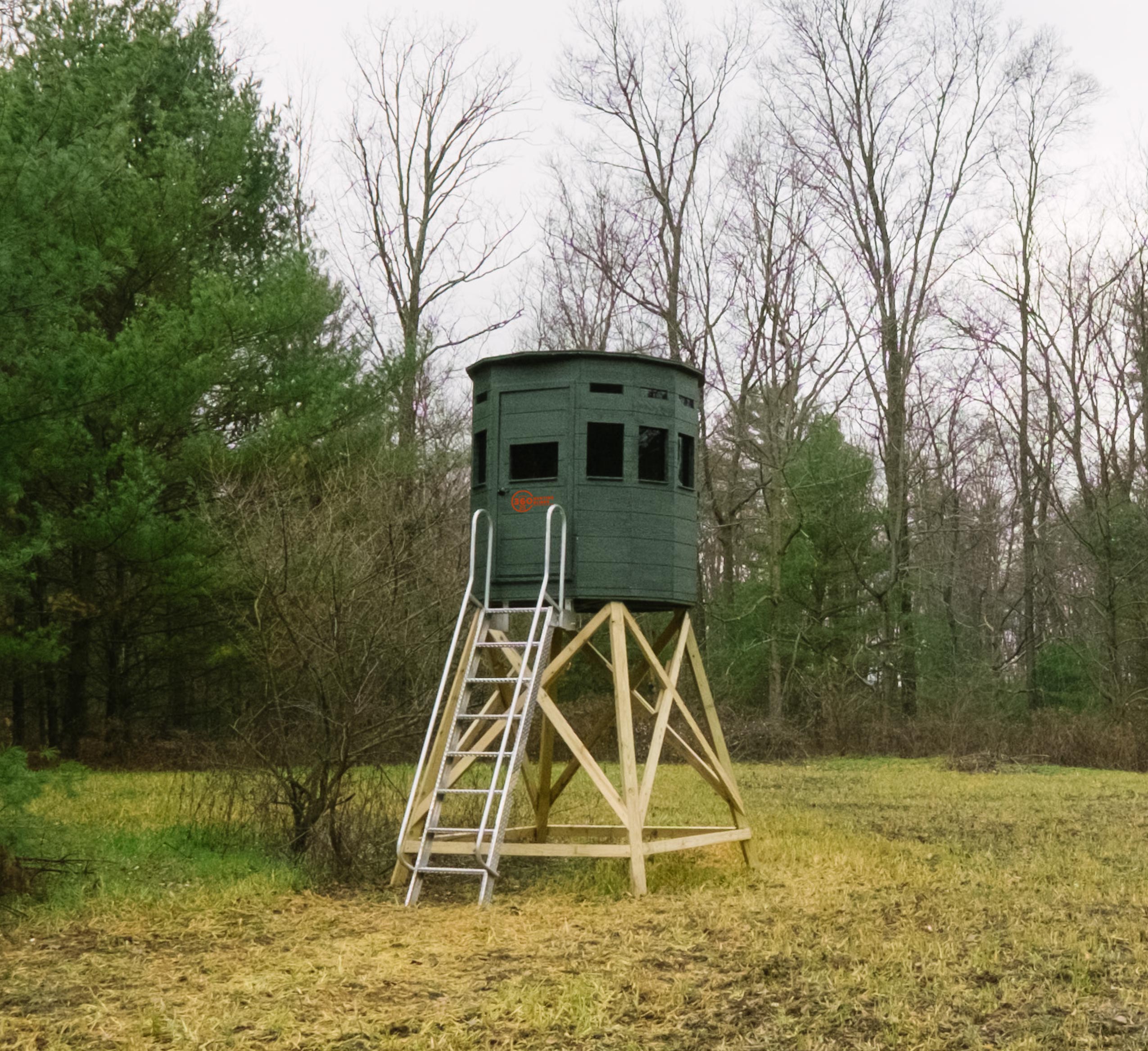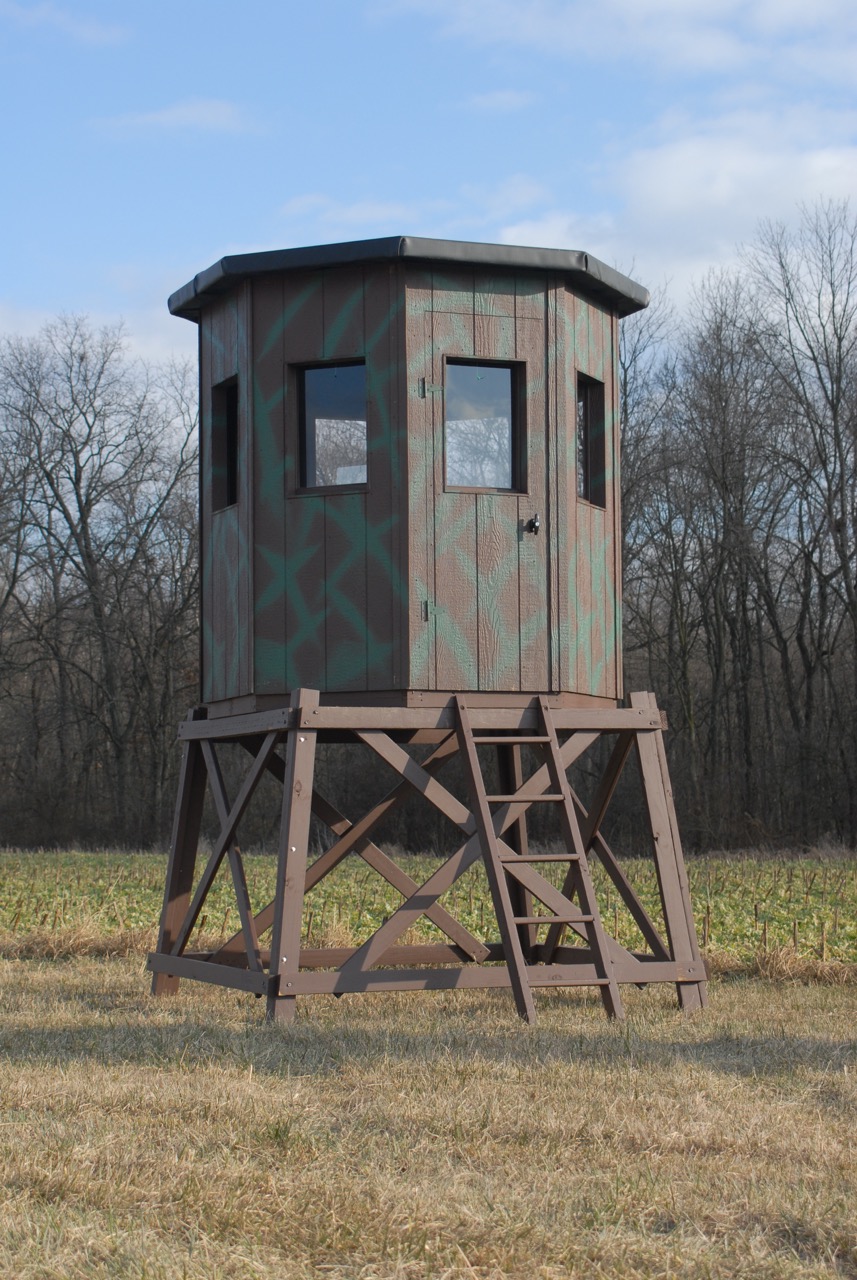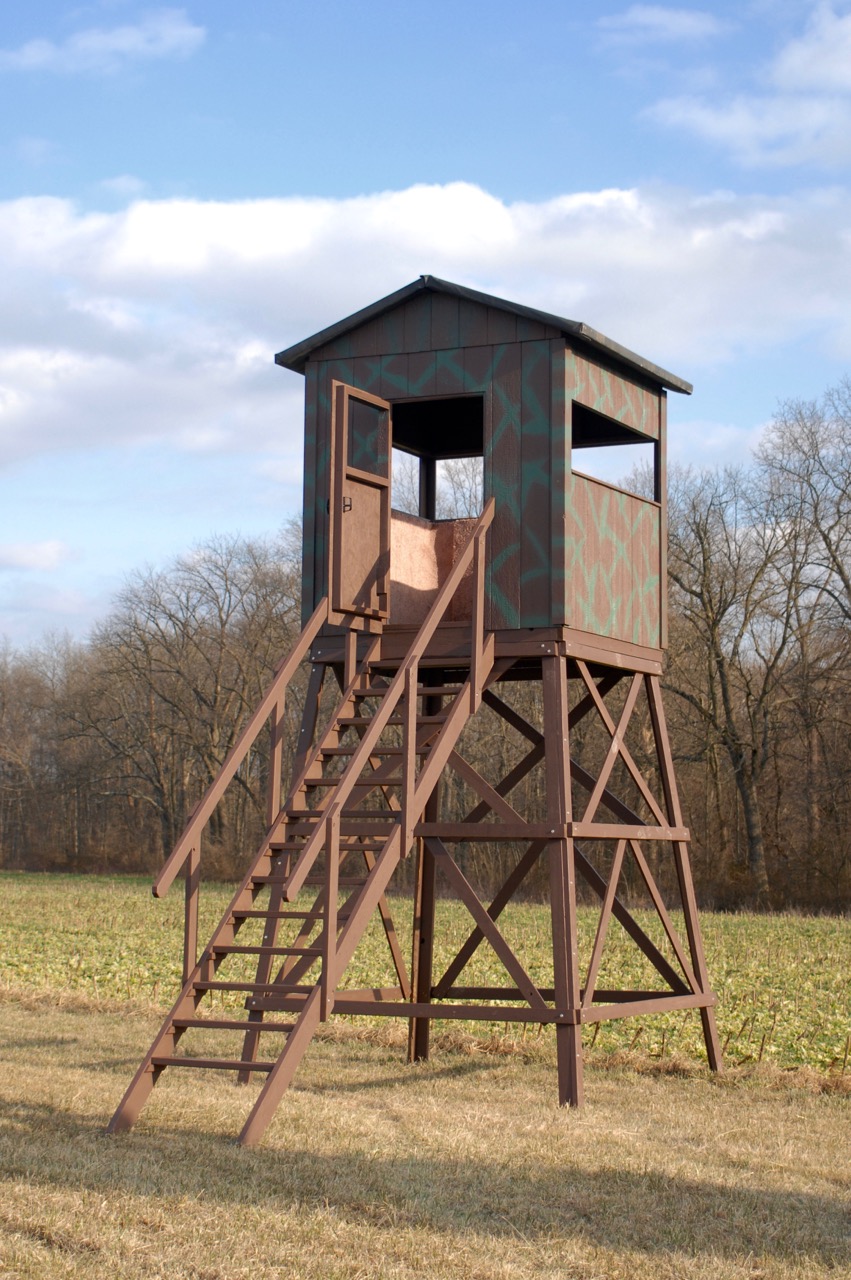
Introduction
Deer hunting is a popular recreational activity that requires skill, patience, and the right equipment. One essential tool for any serious hunter is a deer hunting blind. These blinds provide hunters with a concealed and comfortable vantage point, allowing them to observe deer behavior and make accurate shots. In this article, we will explore the benefits of using deer hunting blinds and highlight some key features to consider when choosing one.

The Advantages of Deer Hunting Blinds
Deer hunting blinds offer numerous advantages that can greatly enhance a hunter's chances of success. Firstly, they provide excellent camouflage, blending seamlessly into the natural surroundings. This allows hunters to remain undetected by deer, increasing their chances of getting a good shot. Additionally, blinds offer protection from the elements, ensuring that hunters can stay dry and comfortable even in adverse weather conditions.

Furthermore, deer hunting blinds provide a stable shooting platform. They are designed with features such as shooting windows and gun rests, enabling hunters to take accurate and steady shots. The enclosed structure of the blind also helps to mask any sudden movements, reducing the risk of spooking nearby deer.
Types of Deer Hunting Blinds
When it comes to deer hunting blinds, there are several options to choose from. Ground blinds are the most common type and are typically made of durable materials such as fabric or fiberglass. They are lightweight, portable, and easy to set up, making them a popular choice among hunters. Another option is a tree stand blind, which is attached to a tree and provides an elevated position for better visibility.

Box blinds, also known as tower blinds, are a more permanent solution. They are constructed with sturdy materials such as wood or metal and are often equipped with additional amenities like heaters and comfortable seating. These blinds offer a spacious and elevated vantage point, ideal for long hunting sessions or hunting with a group.
Choosing the Right Deer Hunting Blind
When selecting a deer hunting blind, there are a few factors to consider. Firstly, think about the terrain and environment in which you will be hunting. This will help determine whether a ground blind or a tree stand blind would be more suitable. Additionally, consider the size of the blind and the number of occupants it can comfortably accommodate.

The material and durability of the blind are also important. Look for blinds that are made of weather-resistant materials and can withstand the elements. Finally, consider any additional features you may require, such as scent control systems or noise reduction technology.
Maintaining Your Deer Hunting Blind
Proper maintenance is essential to ensure the longevity and effectiveness of your deer hunting blind. Regularly inspect the blind for any signs of wear and tear, and repair or replace damaged parts as needed. Keep the blind clean by removing dirt, debris, and any scent that may deter deer. Storing the blind in a dry and secure location during the offseason will also help prolong its lifespan.

Conclusion
Deer hunting blinds are a valuable tool for any hunter looking to improve their chances of success. With their camouflage, comfort, and stability, these blinds provide a strategic advantage in the field. By carefully selecting and maintaining the right blind for your hunting needs, you can enhance your hunting experience and increase your chances of a successful hunt.